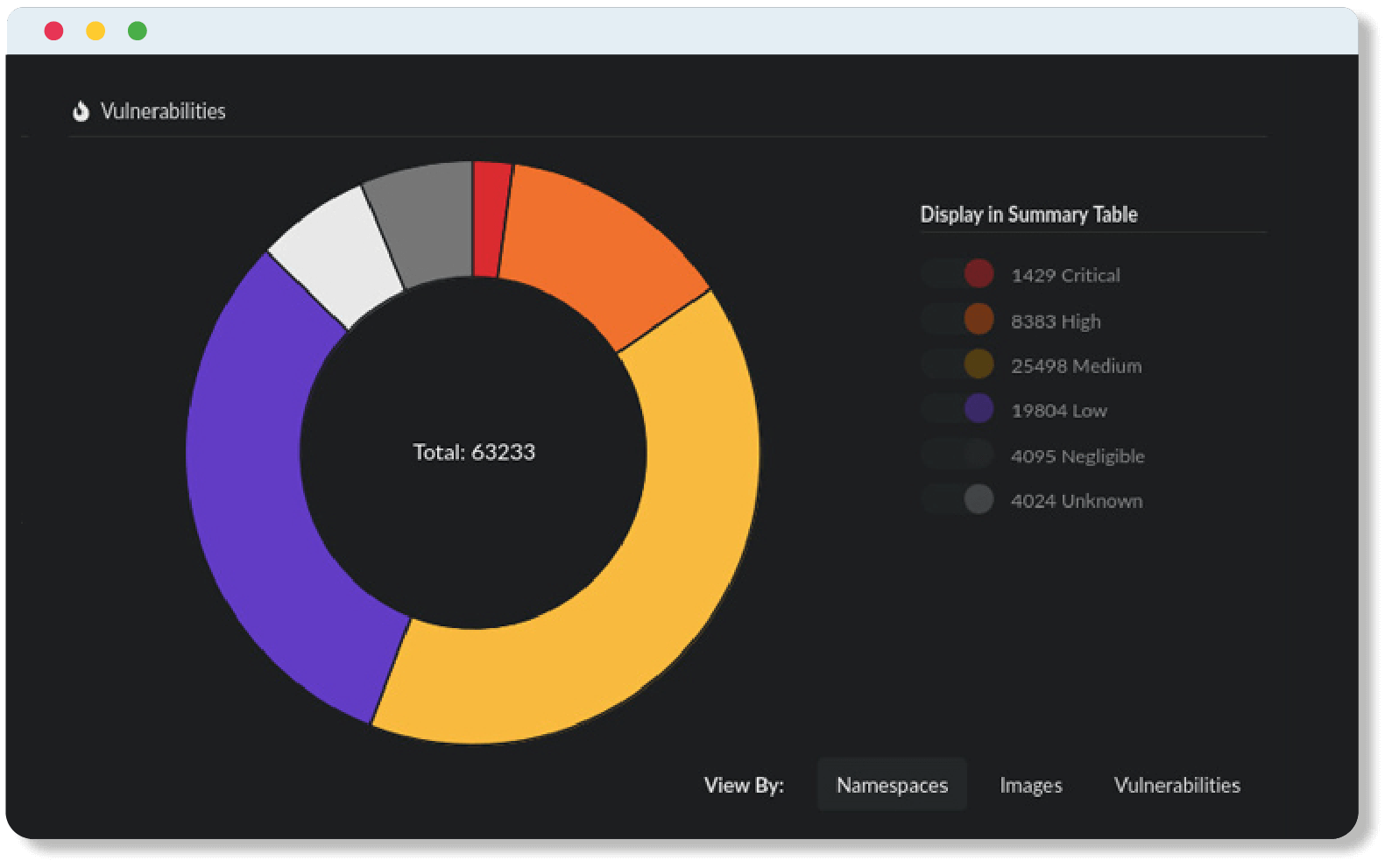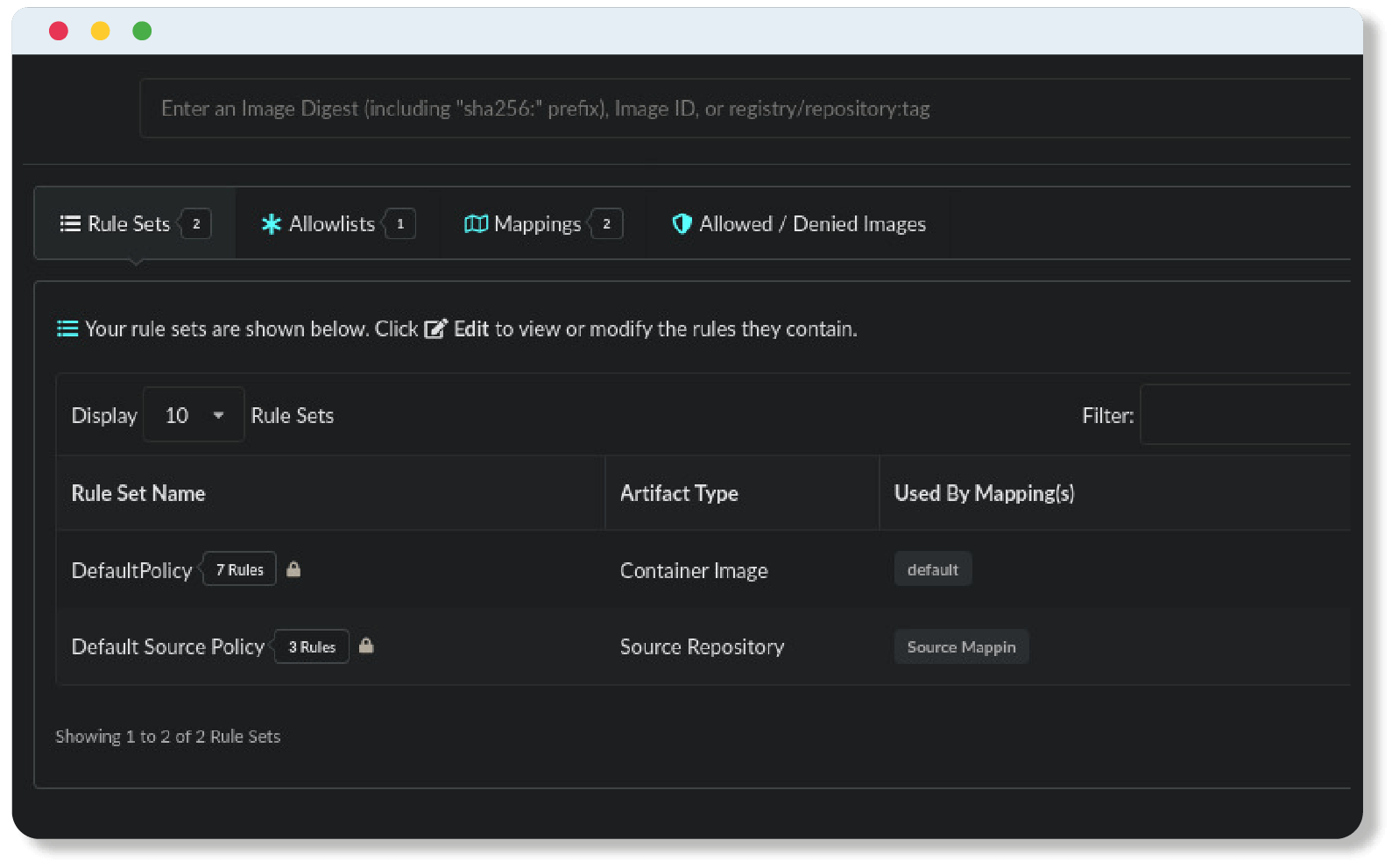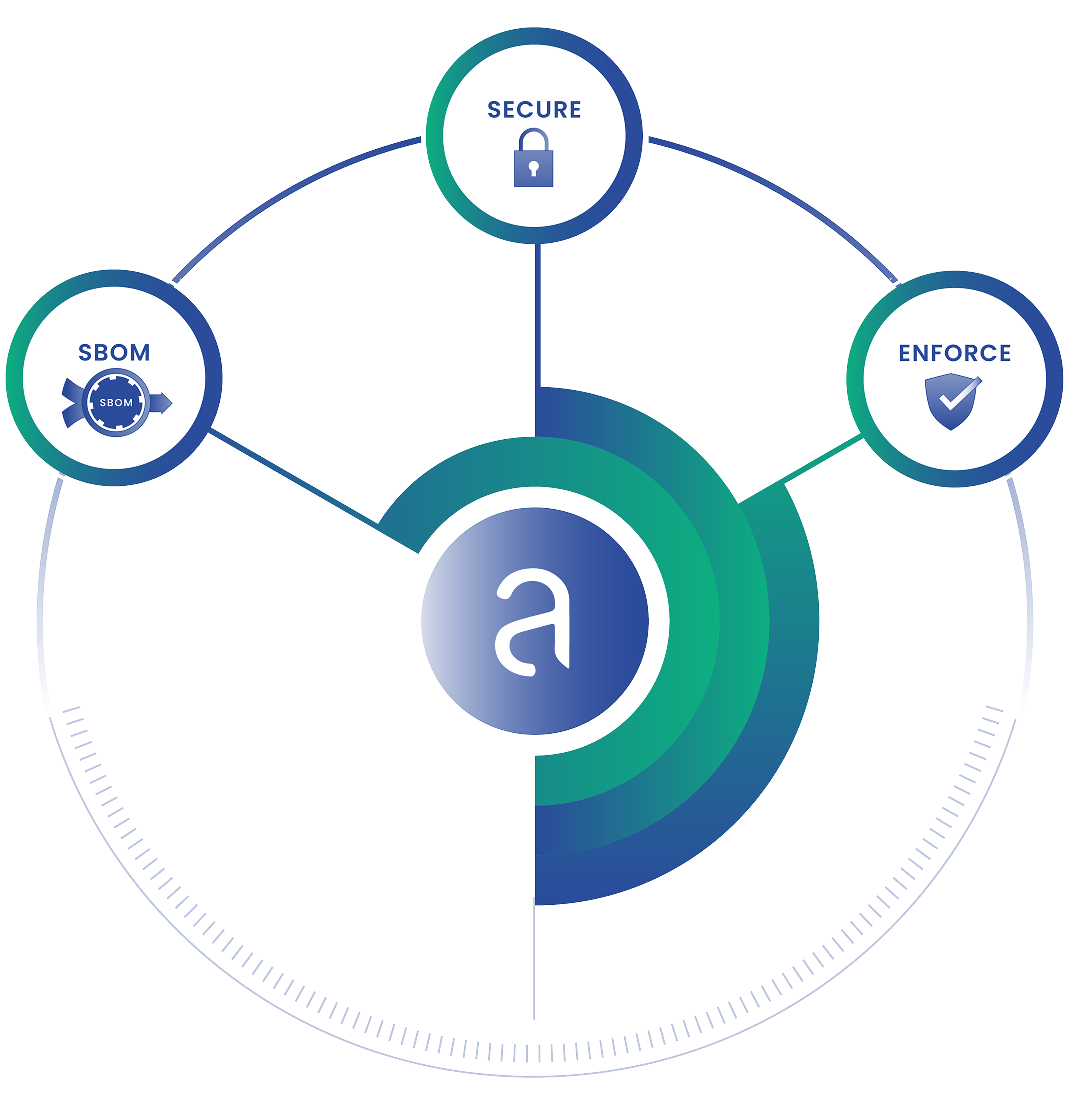In a time where remote access has shifted from the exception to the new normal, users require access to enterprise applications and services from outside the traditional boundaries of an enterprise network. The rising adoption of microservices and containerized applications have further complicated things. Containers and their underlying infrastructure don’t play well within the boundaries of traditional network security practices, which typically emphasize security at the perimeter. As organizations look for ways to address these challenges, strategies such as the Zero Trust model have gained traction in securing containerized workloads.
What is the Zero Trust Model?
Forrester Research introduced the Zero Trust model in 2010, emphasizing a new approach to security: “never trust, always verify.” The belief was that traditional security methodologies focused on securing the internal perimeter were no longer sufficient and that any entity accessing enterprise applications and services needed to be authenticated, authorized, and continuously validated, whether inside or outside of the network perimeter, before being granted or keeping access to applications and their data.
Since then, cloud adoption and the rise in a distributed enterprise model has seen organizations looking to adopt these principles in a time where security threats and breaches have become commonplace. Google, a regular early adopter in new technological trends, released a series of whitepapers and other publications in 2014 detailing its implementation of the Zero Trust model in a project known as BeyondCorp.
Zero Trust and Containerized Workloads
So how can organizations apply Zero Trust principles on their containerized workloads?
Use Approved Images
A containerized environment gives you the ability to bring up new applications and services quickly using free and openly distributed software rather than building them yourself. There are advantages to using open source software but this also presents the inherent risk of introducing vulnerabilities and other issues into your environment. Restricting the use of images to those that have been vetted and approved can greatly reduce their attack surface and ensure only trusted applications and services are being deployed into production.
Implement Network Policies
Container networking introduces complexities such as nodes, pods, containers, and service endpoints assigned IP addresses typically on different network ranges requiring interconnectivity to function properly. As a result, each of these endpoints is generally configured to communicate freely by default. Implementing network policies and micro-segmentation enforces explicit controls around traffic and data flowing between these entities to ensure that only permitted communications are established.
Secure Endpoints
In traditional enterprise networks, workloads are often assigned static IP addresses as an identifier and controls are placed around which entities can access certain IP addresses. Containerized applications are typically short-lived, resulting in a dynamic environment with large IP ranges, making it harder to track and audit network connections. To secure these endpoints and the communications between them, organizations should focus on continuously validating and authorizing identities. An emphasis should also be placed on encrypting any communications between endpoints.
Implement Identity-Based Policies
One of the most important aspects of Zero Trust is ensuring that no entity, inside or outside the perimeter, is authorized to access privileged data and systems without first validating and confirming their identity. As previously mentioned, IP-based validation is no longer sufficient in a containerized environment. Instead, enterprises should enforce policies based on the identities of the actual workloads running in their environments. Role-based access control can facilitate the implementation of fine-grained access policies based on an entity’s characteristics while employing a least-privilege approach further narrows the scope of access by ensuring that any entity requiring privileged access is granted only the minimum level of permissions required to perform a set of actions.
Final Thoughts
Container adoption has become a point of emphasis for many organizations in their digital transformation strategies. While there are many benefits to containers and microservices, organizations must be careful not to combine new technologies with archaic enterprise security methodologies. As organizations devise new strategies for securing containerized workloads in a modernized infrastructure, the Zero Trust model can serve as a framework for success.


